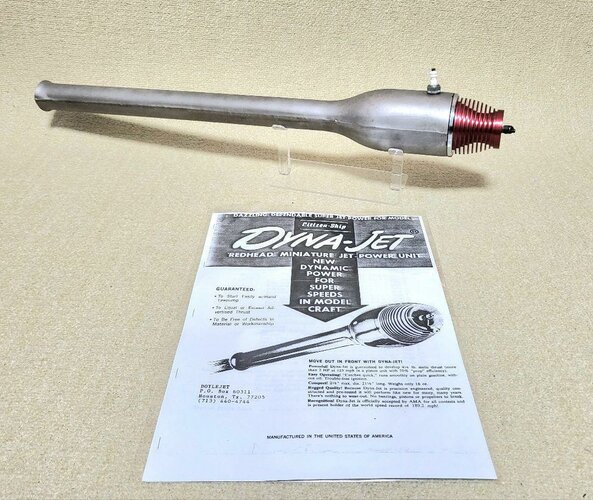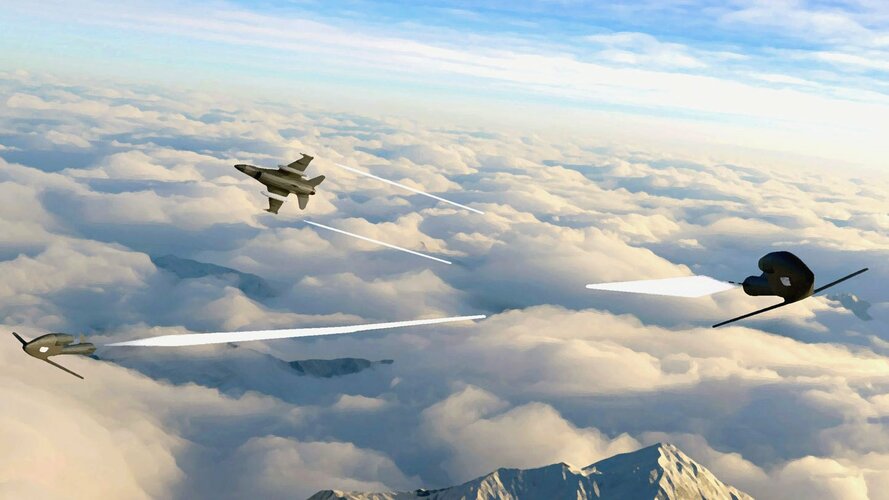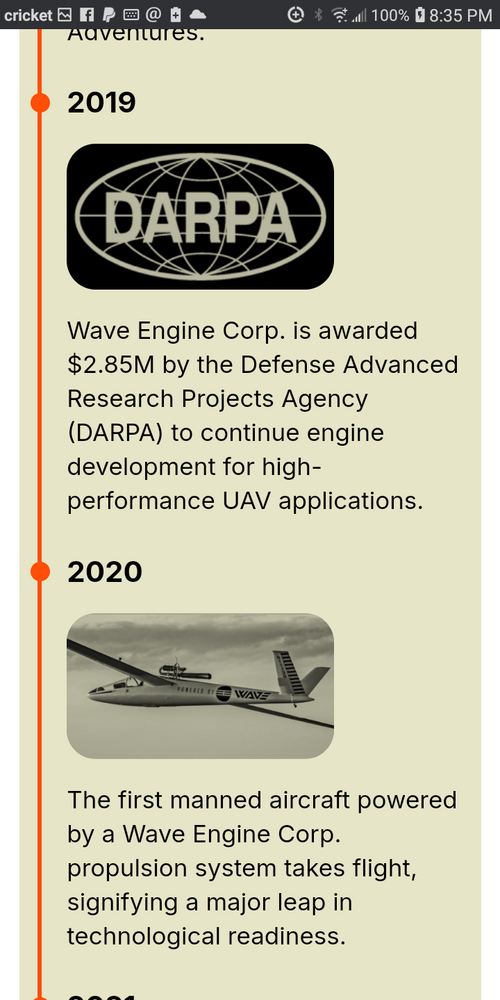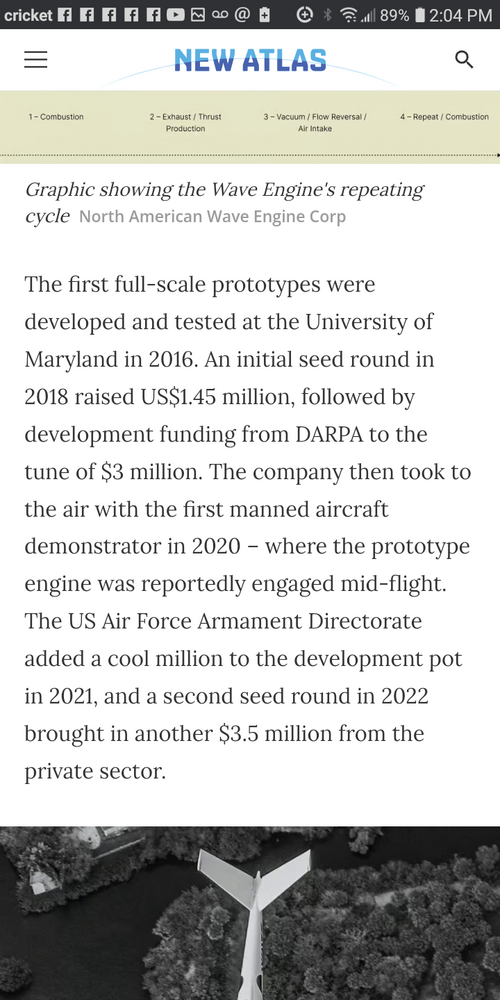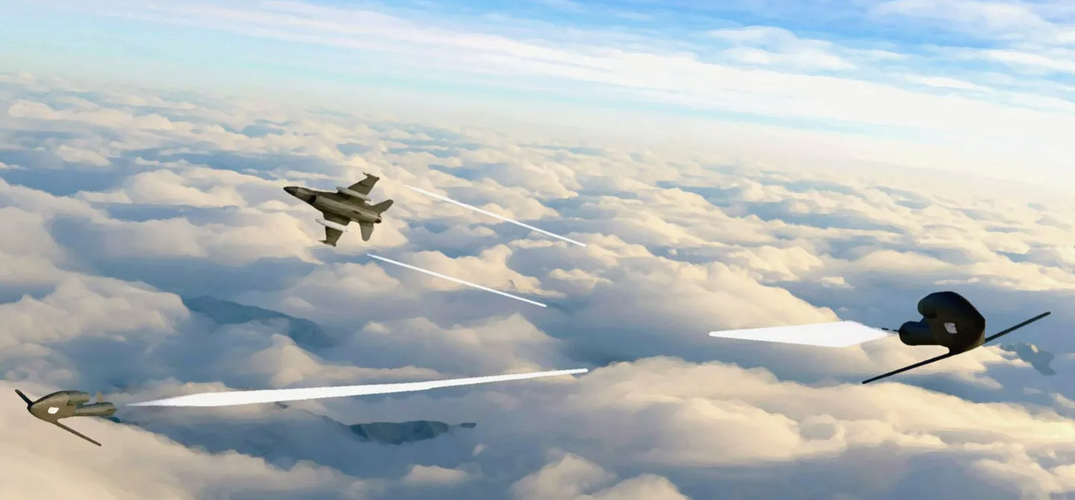OliverSedlacek
ACCESS: Confidential
- Joined
- 31 March 2022
- Messages
- 139
- Reaction score
- 160
If you're going to use commercial electronics for drones etc this would probably be a overkill for INS at $3k but it would get you up and running real quick https://www.analog.com/en/products/adis16545.html

